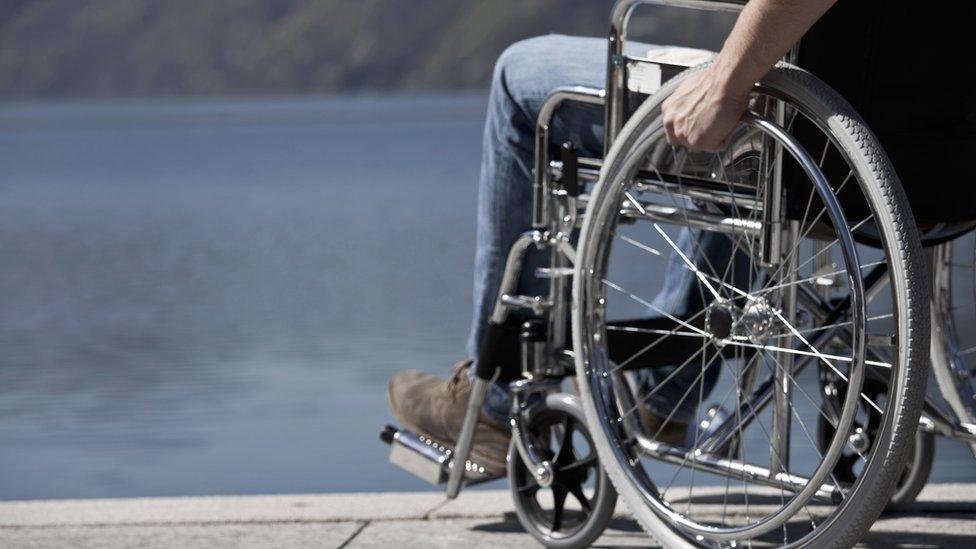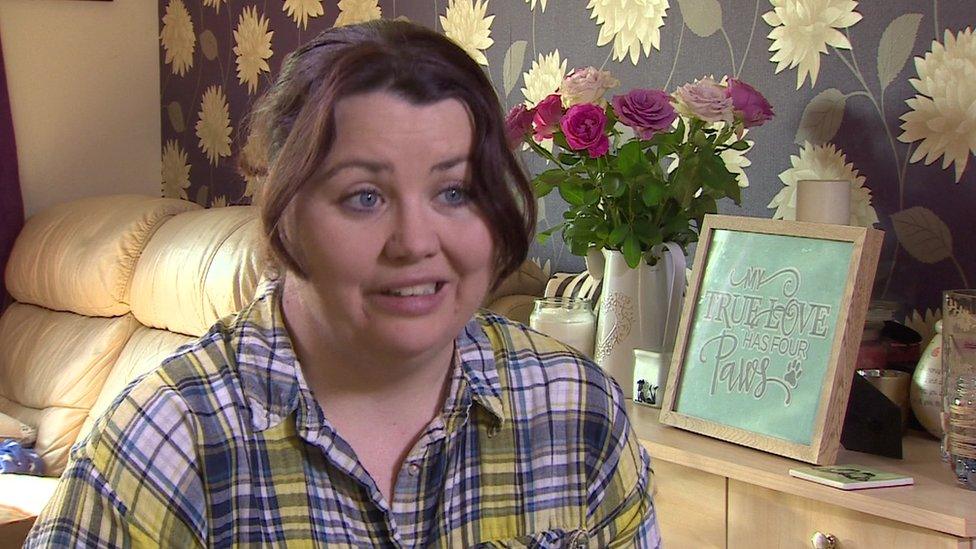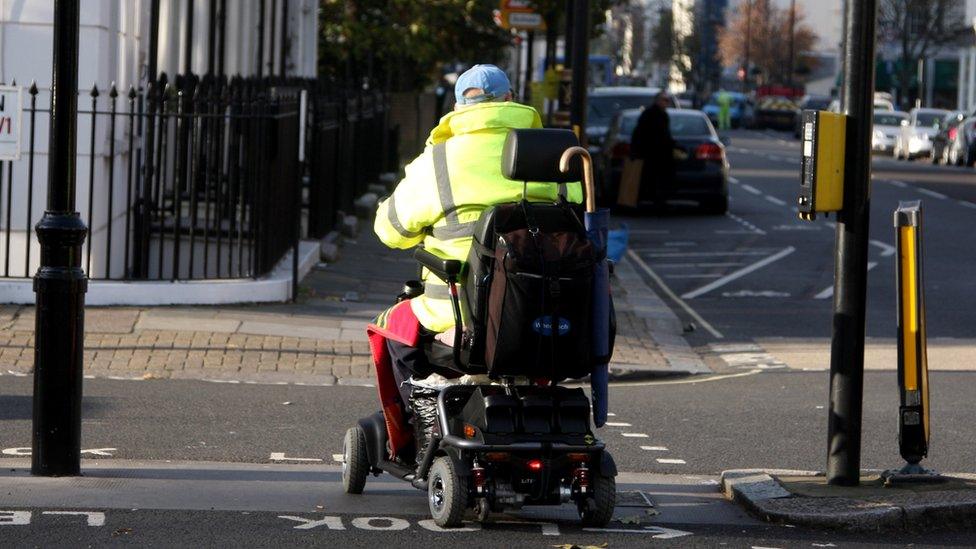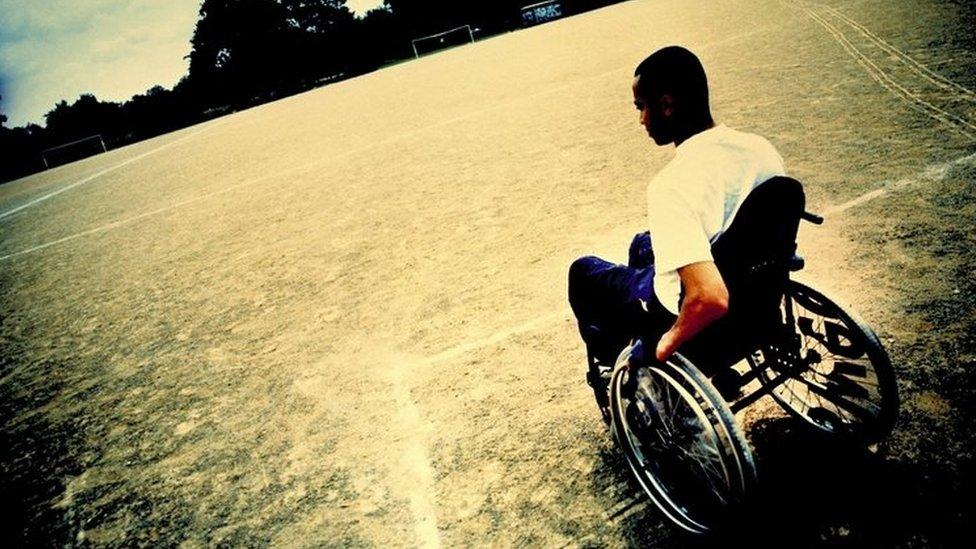Who will disability 'cuts' impact?
- Published

Behind the frantic number-crunching and political fallout from Wednesday's Budget lies a large group of disabled people who will be affected by the latest benefit reform.
The Personal Independence Payment (PIP) has gone through several changes since it was first introduced in April 2013. It is slowly replacing Disability Living Allowance (DLA). Nearly 700,000 people currently claim PIP, with another 1.5 million still to be reassessed.
The latest change applies to the formula the government uses to calculate the daily living component of PIP, which will come into effect in January 2017.
The government says that it's likely 640,000 people will be affected.
But for many disabled people, the chancellor's speech was baffling. He said that the government would be spending an extra £1bn on disability. However, only a few days earlier it was announced that there would be cuts to a major disability benefit.
The Treasury's own figures show a saving of £4.4bn by 2020-21 - so how can they be spending more?


Those who use aids and appliances, like specialist toilet seats or grab rails are the ones who could lose out. Instead of receiving two points during the eligibility assessment - if you use a grab rail to go to the bathroom for example, you'll now only receive one point.
This single point difference could mean losing the benefit altogether or getting less, which is where the saving of just under £4.4bn comes from.

Sarah Stewart will lose more than £200 a month under the change
Who will it impact? Sarah Stewart developed a neurological condition in 2013. It affects her balance, which means on some days she struggles to walk. She uses a catheter and her bed to help her get dressed and under the new criteria, she is set to lose more than £200 a month.
Jack (not his real name) has the muscle-wasting condition Pompe Disease. His condition has progressed rapidly over the last couple of years, and he has been awarded the enhanced rate of the daily living component of PIP.
Highly dependent on aids and appliances, he scored in the sections for using aids in preparing food, washing and bathing, using the toilet and moving around. Jack could lose £120 a month, putting his ability to live independently at risk.
Disability rights campaigners argue that some of the most vulnerable people are feeling the cumulative impact of welfare reform and that any cut would be felt acutely.
However, the government says it reviewed a sample of cases where claimants scored all or most of their points from aids and appliances. This review showed that in 96% of cases, claimants were likely to have low, minimal or no extra cost.
But with these changes going ahead how can the Chancellor, George Osborne, boast the Treasury is spending £1bn more, when to many he seems to be making swingeing cuts? It's all down to forecasts in spending.
In November last year it had underestimated how much disability benefits were going to cost. At that time it forecast spending of £16.2bn in 2015-16, rising to £16.7bn in 2020-21. Now, it still expects spending of £16.2bn in 2015-16 but forecasts it rising to £17.2bn over the same period.
So, in a nutshell (a rather large one at that), disability benefits are going up despite cuts. But take that as you will, I feel I might be back here explaining more revised forecasts in the very near future.
- Published17 March 2016

- Published17 March 2016
